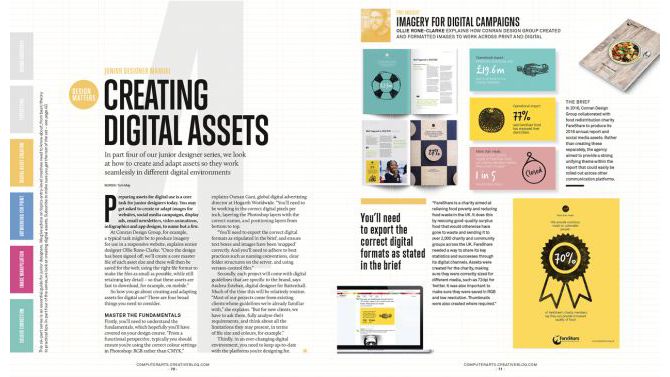The Systems Development Life Cycle (SDLC) gives structure to the challenges of transitioning from the beginning to the end of your project without forgetting a step. A number of different SDLC methodologies are used today to guide professionals through their project-based work.
1. Agile Model
The model produces ongoing releases, each with small, incremental changes from the previous release. By breaking the product into cycles, the Agile model quickly delivers a working product and is considered a very realistic development approach.This model emphasizes interaction, as the customers, developers and testers work together throughout the project. But since this model depends heavily on customer interaction, the project can head the wrong way if the customer is not clear on the direction he or she wants to go.
2. Spiral Model
This model allows for the building of a highly customized product, and user feedback can be incorporated from early on in the project. But the risk you run is creating a never-ending spiral for a project that goes on and on.
The project passes through four phases over and over in a “spiral” until completed, allowing for multiple rounds of refinement. One of the most flexible software development life cycle methodologies, the Spiral model takes a cue from the Iterative model and its repetition.3. Iterative Model
The Iterative model is repetition incarnate. A new version of the software is produced with each phase, or iteration. Instead of starting with fully known requirements, you implement a set of software requirements, then test, evaluate and pinpoint further requirements.- One disadvantage: Resources can quickly be eaten up by repeating the process again and again.
- One advantage over other SDLC methodologies: This model gives you a working version early in the process and makes it less expensive to implement changes.
4. V-Shaped Model
This model is useful when there are no unknown requirements, as it’s still difficult to go back and make changes. Like Waterfall, each stage begins only after the previous one has ended. Also known as the Verification and Validation model, the V-shaped model grew out of Waterfall and is characterized by a corresponding testing phase for each development stage.5. Waterfall Model
Each stage relies on information from the previous stage and has its own project plan. Waterfall is easy to understand and simple to manage. Waterfall is the oldest and most straightforward of the structured software development life cycle methodologies — finish one phase, then move on to the next.In Conclusion
- http://www.google.fr/url?q=https://www.designveloper.com/
- http://www.google.it/url?q=https://www.designveloper.com/
- http://www.google.ca/url?q=https://www.designveloper.com/
- http://www.google.nl/url?q=https://www.designveloper.com/
- http://www.google.pl/url?q=https://www.designveloper.com/
- http://www.google.com.au/url?q=https://www.designveloper.com/
- http://www.google.cz/url?q=https://www.designveloper.com/
- http://www.google.ch/url?q=https://www.designveloper.com/
- http://www.google.be/url?q=https://www.designveloper.com/
- http://www.google.com.tw/url?q=https://www.designveloper.com/
- http://www.google.at/url?q=https://www.designveloper.com/
- http://www.google.se/url?q=https://www.designveloper.com/
- http://www.google.com.tr/url?q=https://www.designveloper.com/
- http://www.google.dk/url?q=https://www.designveloper.com/
- http://www.bshare.cn/url?q=https://www.designveloper.com/
- http://www.google.com.hk/url?q=https://www.designveloper.com/
- http://www.google.hu/url?q=https://www.designveloper.com/
- http://www.google.pt/url?q=https://www.designveloper.com/
- http://www.google.com.sg/url?q=https://www.designveloper.com/
- http://www.google.co.nz/url?q=https://www.designveloper.com/
- http://www.google.co.za/url?q=https://www.designveloper.com/
- http://www.google.co.th/url?q=https://www.designveloper.com/
- http://www.google.com.ua/url?q=https://www.designveloper.com/
- http://www.google.no/url?q=https://www.designveloper.com/
















